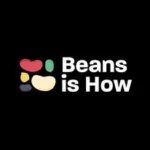The Full of Beans campaign was a local Glasgow campaign from Glasgow Food Policy Partnership and Glasgow Community Food Network. The aim was to get people in Glasgow eating and growing more beans. As part of the campaign we hosted 21 events plus pop-up information stalls; encouraged individuals, businesses, and the public sector to serve more beans; and had our online campaign viewed over 34000 times!
Beans provided a simple entry point which chimes well with the aims of the Glasgow City Food Plan, a 10-year plan to transform Glasgow’s food system which is coordinated by Glasgow Food Policy Partnership. As a healthy, planet and pocket friendly ingredient which provided the starting point for conversations about soil health and water use, fibre and plant-based protein, and which is used in many different cuisines, running a campaign around beans was a great opportunity to engage with these topics in a tangible way.
Beans is How helped us launch the Full of Beans Campaign back in January
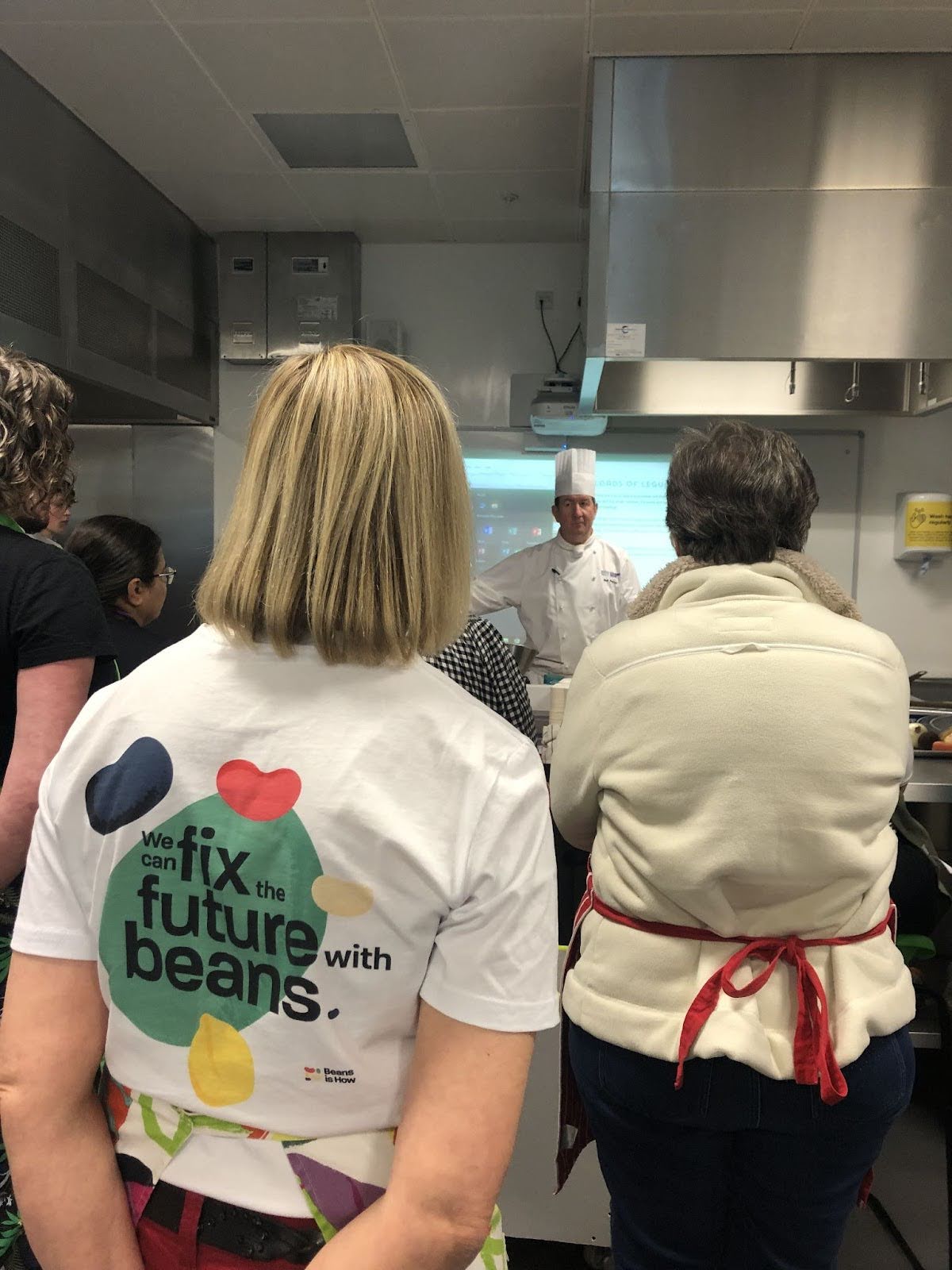
Kristin Gutekunst spoke about Beans is How and the many benefits of beans at our online launch – you can watch the webinar recording here.
We joined the global call asking restaurants to put more #BeansOnTheMenu,
with 8 Glasgow restaurants getting involved in March. One example, sprigg, had a honey and mustard butter bean salad which could be chosen as part of their salad bar. At our final Full of Beans event they shared how the uptake of the dish increased throughout the month they had it on the menu and how the campaign had helped them focus on food sustainability.
As a small team, we wanted to provide the tools for other organisations to get involved as well as planning our own campaign events. We created Communications and How to Get Involved Toolkits with ideas for social posts and events to amplify the reach of the campaign. These remain available even after we have wrapped up our elements of the campaign so that people can keep spreading the bean-spiration.

Since growing beans is beneficial for soil health, we wanted to increase bean production in Glasgow as well as consumption.
For this we teamed up with Glasgow Seed Library who supplied bean seeds to growers and provided support and learning around growing and seed saving beans. Several types of bean that grow well in the Scottish climate were successfully grown across individual, community, and market gardens this growing season.
At the start of the campaign we heard from BeanMeals at our launch webinar,
where they shared the work they have done in Leicestershire schools to educate young people about beans and link this to an increased offering of bean dishes on school menus. They also developed a Beantopia board game which follows the journey of beans being grown, processed, and used in school meals. They were kind enough to offer us two copies of the game which we played with different classes on our visits to Glasgow schools. This was part of sessions which included learning about nutritional and environmental benefits of beans and planting bean seeds in school growing spaces.
See the Beans is How article Creating keen beans in the classroom here
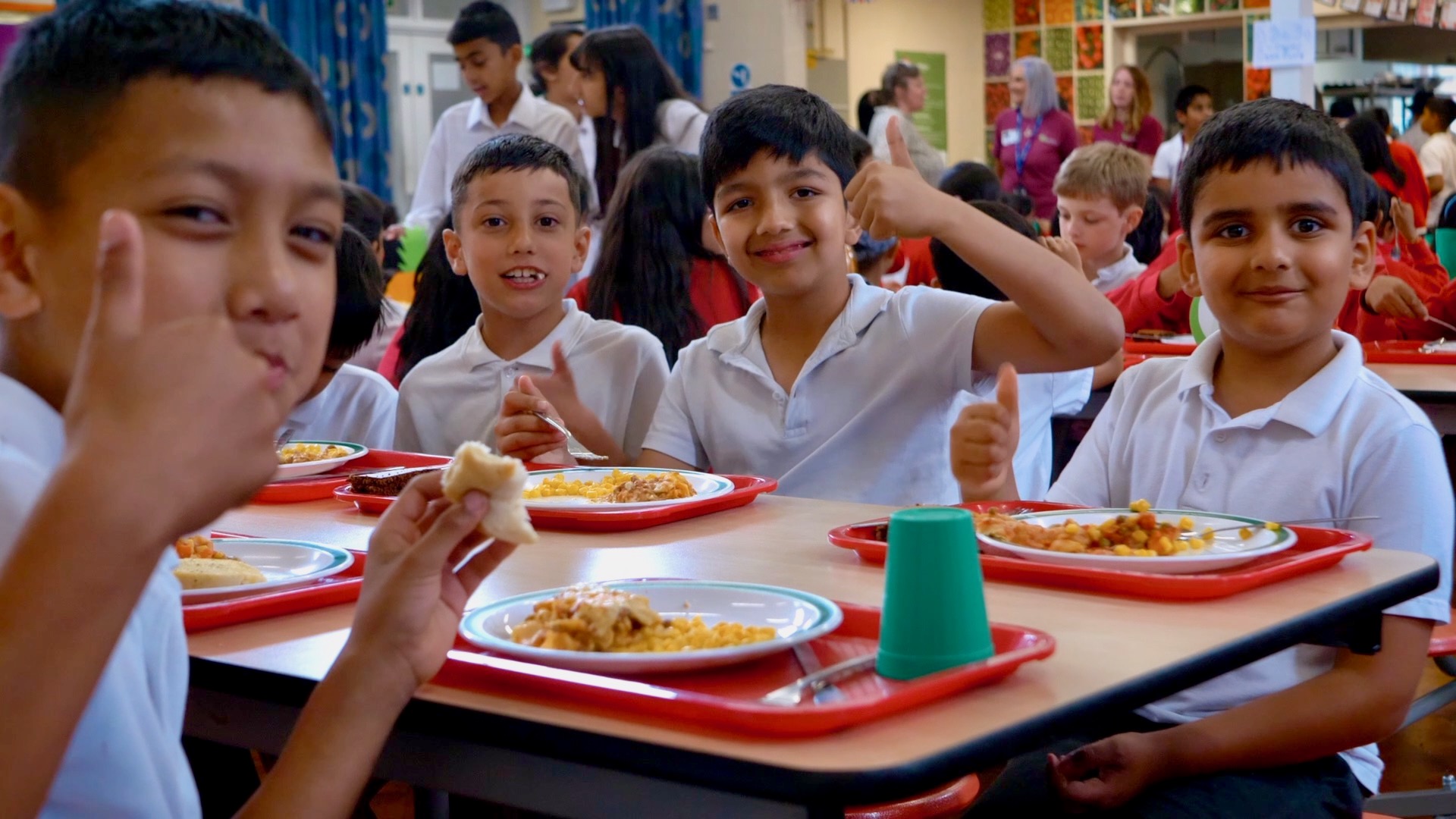
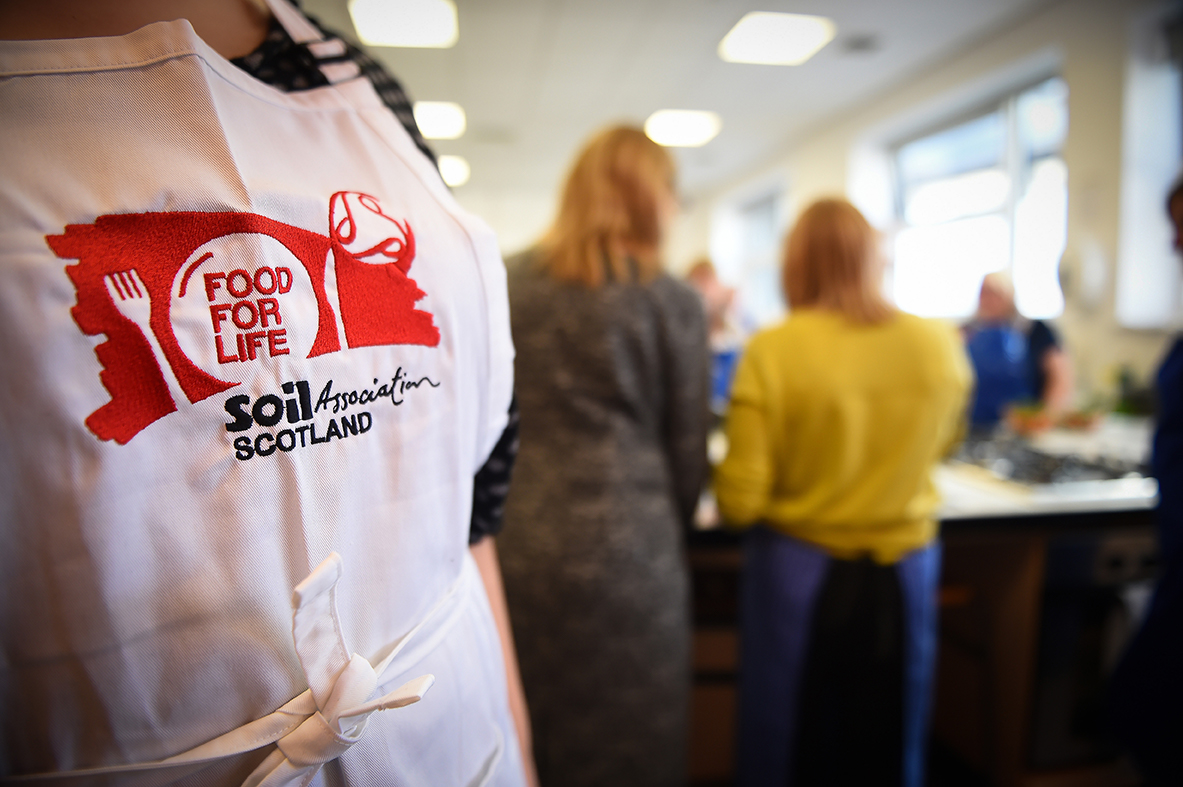
We were also keen to get more beans on school menus,
so it was great to work with Glasgow City Council Catering and Soil Association Food for Life to develop some new bean dishes which will be coming to Glasgow school dining halls this year. We attended a Food for Life training session and shared some information about the campaign alongside training about seasonality, processed food, and practising some of the new bean dishes which we ate for lunch.
The campaign was the perfect opportunity to host bean-focused cooking sessions.
We hosted a community cookery workshop with Chef Lecturer Niall Murray at City of Glasgow College where he showed us how to make summery bean dishes and we tried them ourselves. Glasgow Kelvin College’s Grant Reekie hosted a demonstration lesson for students and community chefs, sharing lots of interesting and unexpected bean recipes like aquafaba chocolate mousse and a bean cocktail! Garnethill Bread Oven, a student designed brick bread oven in a park in the centre of Glasgow, provided a great setting for making traditional bannock breads with a bean flour twist, which we served warm with homemade bean dips.
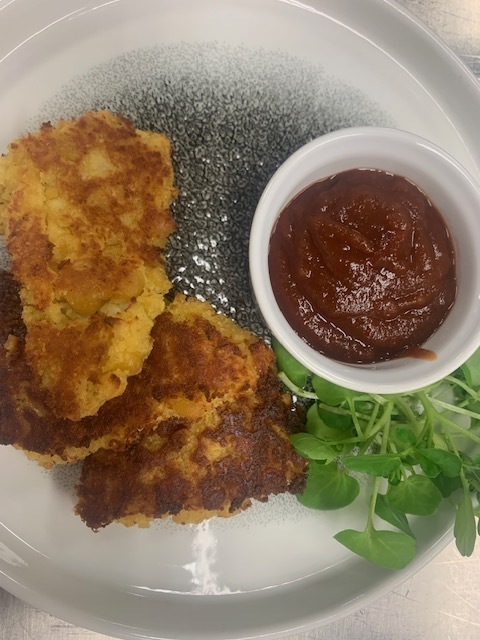
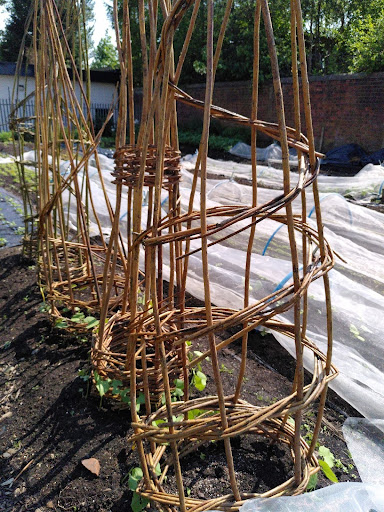
With so many ways to engage people in conversations about beans, we also wanted to get creative.
With willow weaving workshops helping growers build a beautiful structure for their bean plants; many bean badges made at community events so people could proudly support the campaign; a black bean textile dyeing workshop; and even using dried beans to make bean earrings, we didn’t just stick to growing and cooking! These varied ways for people to take part in the campaign and create lasting objects as part of the activities are part of the legacy of the campaign.
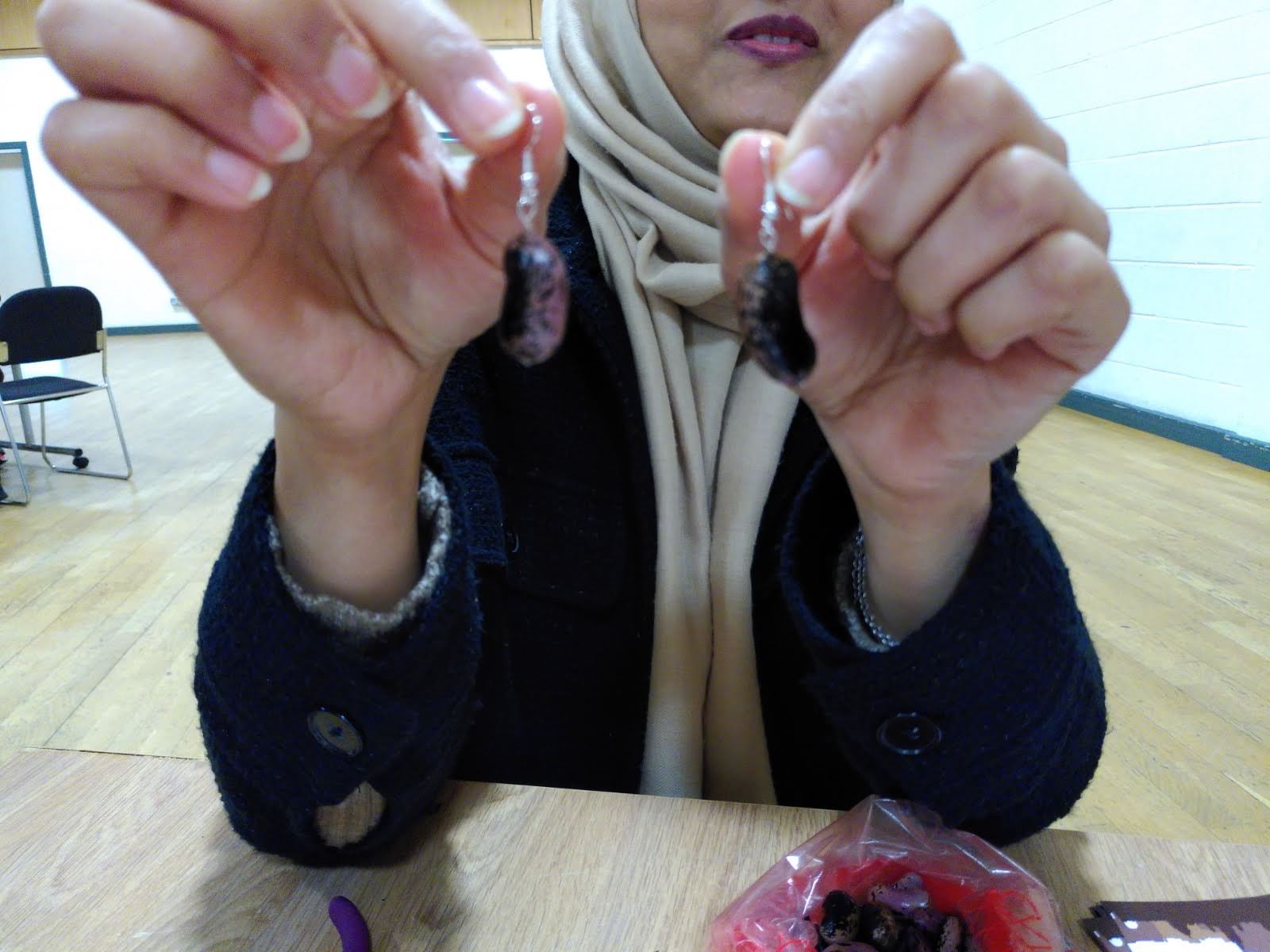
As our final celebration of the Full of Beans Campaign we hosted a celebration event with campaign partners and participants. Rosie Cowper from Beans is How presented at the event and explained the Beans is How mission, which was really valuable in demonstrating the importance of beans and why we chose to focus on them for our campaign. The event was an opportunity to bring the campaign to a close and celebrate the achievements of our partners.
As part of an evaluation funded by the Scottish Alliance for Food, Dr Emily May Armstrong is conducting research into the impact of the campaign. The results of the evaluation will be available in the coming months and will not only inform us of the efficacy of the campaign, but will also help us to design and plan future campaigns.
To get more of a sense of the campaign and what it involved, you can watch this video.
If you’d like to try some of the bean dishes we enjoyed throughout the campaign yourself and find out more about the campaign overall, check out our booklet Full of Beans: Stories, Recipes and Learnings from the Glasgow Campaign.
